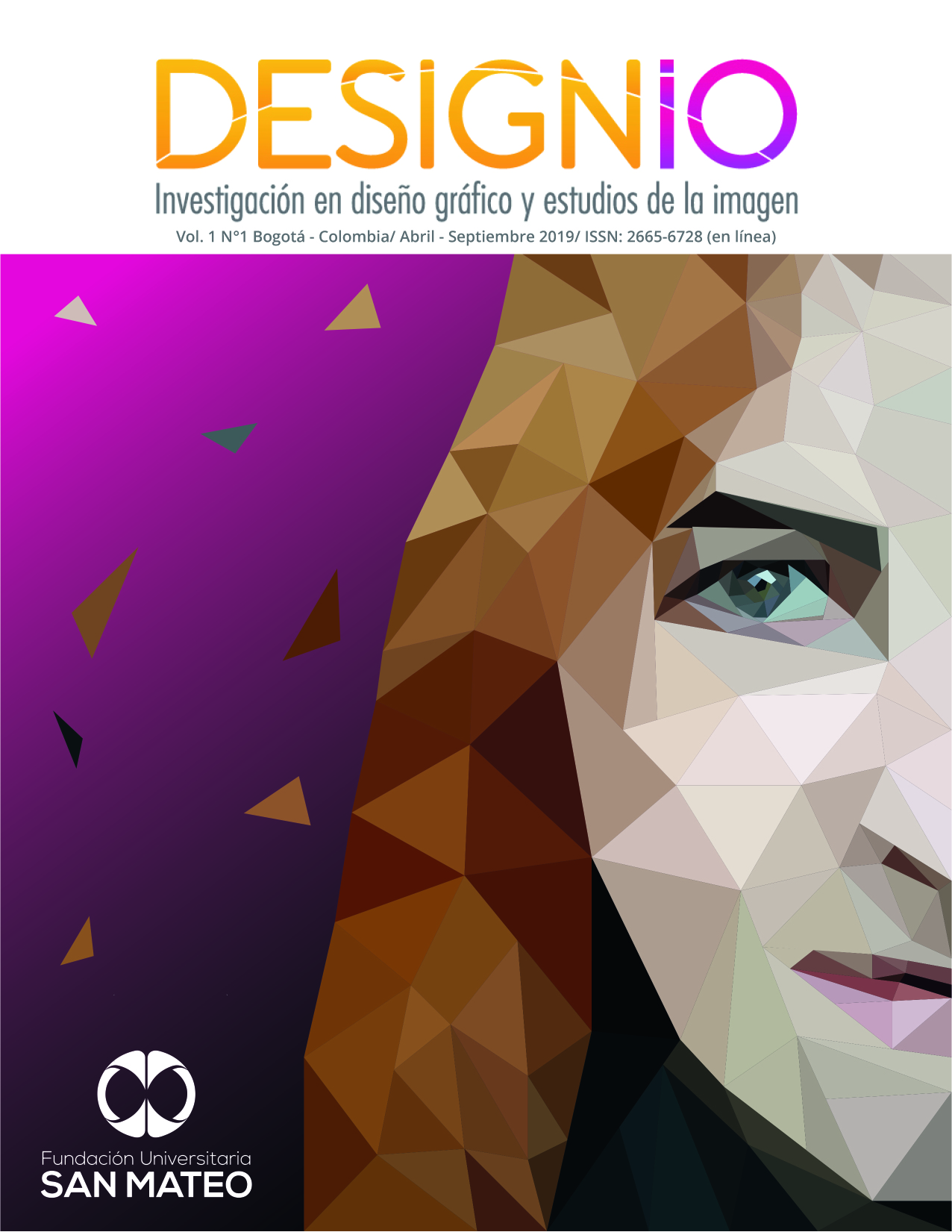Collect, design and develop an application for mobile devices with augmented reality technology as a support tool for teaching chemistry
Main Article Content
Abstract
According to the results obtained by Colombia in the 2016 PISA tests, it is thought that one of the reasons for the poor results was due to the lack of use of technology in the classrooms of recent years (Gossaín, 2014). The following work is focused on the collection, design and development of an application for mobile devices with augmented reality (AR) technology. It is pretended to improve the way in which classes are aught in secondary schools in Bogotá D.C. This research shows that it is ecessary to train teachers in the use of new technological tools to teach in a more dynamic and interactive way and thus capture the attention of students. It also opens up new ideas of bringing information and knowledge to new generations with the use of technology.
Downloads
Article Details

This work is licensed under a Creative Commons Attribution-NonCommercial-NoDerivatives 4.0 International License.
References
Acevedo, J., Cruz, B., Hernández, L., & Martínez, C. (2014). El uso de las TIC en el aula: un análisis en términos de efectividad y eficacia. En Congreso Iberoamericano de Ciencia, Tecnología, Innovación y Educación, Buenos Aires, Argentina.
Álvarez, J. (2009). Apuntes sobre elementos de la teoría del color. Santa Fe, Argentina: El Cid Editor.
Beltrán, G. (19 de agosto de 2016). Pókemon Go: geolocalización, realidad aumentada y mapas ‘online’. Think Big. Recuperado de: https://empresas.blogthinkbig.com/pokemon-go-geolocalizacion-realidad-aumentada-y-mapas-online/
CampusMVP. (17 de junio de 2014). Programación móvil: qué herramienta y lenguaje elegir, Campus MVP. Recuperado de: https://www.campusmvp.es/recursos/post/Programacion-movil-Que-herramienta-y-lenguaje-elegir.aspx
Colvin, R., & Mayer, R. (2008). “How e-Lessons Affect Human Learning”. E-Learning and the Science of Instruction. San Francisco: Pfeiffer. pp. 39-44.
García, F., Portillo, J., Romo, J., & Benito, M. (2007). Nativos digitales y modelos de aprendizaje. En IV Simposio Pluridisciplinar sobre Diseño, Evaluación y Desarrollo de Contenidos Educativos Reutilizables, Bilbao, España.
García-Martínez, O. (2018). Inmanencia visual: la imagen y el texto. Reflexiones entre el cómic y la novela gráfica. Bogotá: Editorial Fundación Universitaria San Mateo. Recuperado de https://palma.sanmateo.edu.co/
Gossaín, J. (27 de febrero de 2014). ¿Por qué es tan mala la educación en Colombia?, El Tiempo. Recuperado de: https://www.eltiempo.com/archivo/documento/CMS-13570938
Guevara, I. (2011). La interacción en el aprendizaje. La ciencia y el Hombre- Revista de Divulgación Científica y Tecnológica de la Universidad Veracruzana, vol. 24(1). Recuperado de https://www.uv.mx/cienciahombre/revistae/vol24num1/artículos/interaccion/

